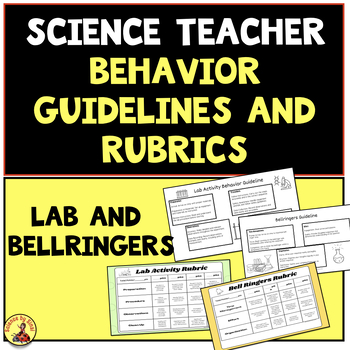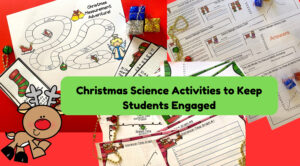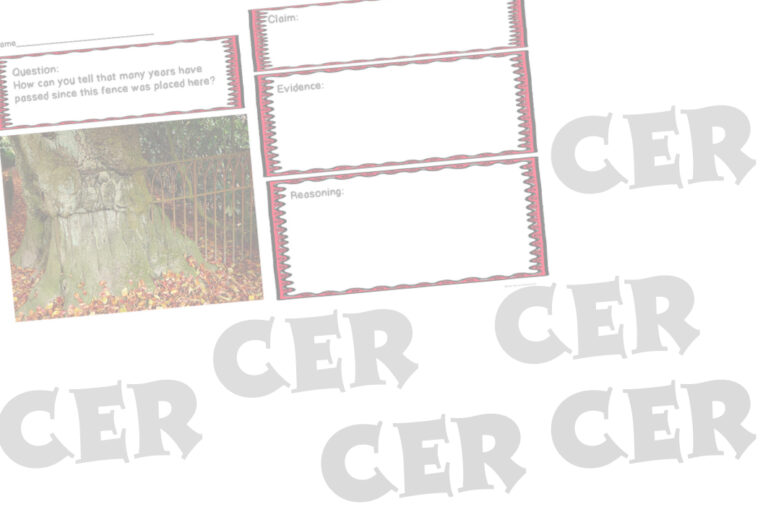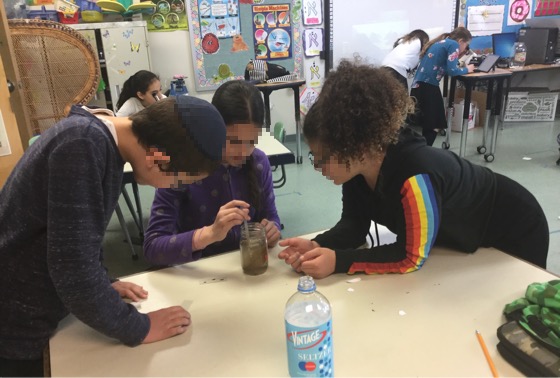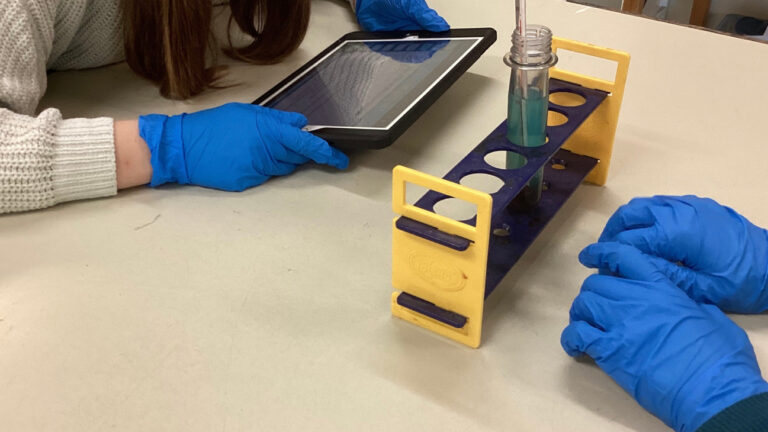10 Tips For Engaging Disinterested Students
We all know the struggle of engaging disinterested students no matter how hard we try.

10 Tips For Engaging Disinterested Students
November 2024
Over the years, I’ve found a few strategies that make a difference in my middle school science classroom. I put together ten tips that I have used to try to keep students engaged—even the ones who seem to have checked out.
Tip #1: Set Clear, Consistent Expectations
I start each school year by setting clear expectations and reinforcing them consistently. I tell students exactly what I expect in terms of behavior and effort, and I don’t let these standards slip.
Having clear boundaries helps even the most distracted students stay focused because they know I’m serious about the rules and routines. Honestly, I feel that most students feel safer and more confident when they know the boundaries.
I dedicate a day in the beginning of the school year(First Day of School in Middle School Science) to going over the expectations and I keep a poster hanging on the classroom room wall. Sometimes, if a student is out of line, I simply walk over to the poster and point to the section in question.
Tip #2: Use Class Time For Big Assignments
I used to give a lot more homework then I do now. If I want a good quality product, such as a project or a well thought out lab report, I have moved it into my classroom work.
For example, after a multi-day lab, such as my pullback car activity, I give students a working period to complete their data summary. I remind them that these reports weigh heavily on their grade, and I’m right there to help them if they get stuck. This way, they’re not left feeling overwhelmed and discouraged at home—something that can easily lead them to give up on the work entirely.
Tip #3: Build Check-Ins Into Projects
I make it a habit to hand out check-in forms several times during big projects. This gives me a chance to make sure everyone’s keeping up and not falling behind, plus it gives them a few easy points for their overall grade.
If the students are working on a project at home, such as my Cell project, I have them describe what they have done so far. Since my students are able to take home their iPads, I also have them do photo check-ins.
Tip #4: Focus On The Interested Students
It’s easy to get wrapped up in managing the disinterested students, but I find it’s more effective to keep my energy focused on the ones who are actually trying to learn. It can be exhausting at times, but I work hard to keep the atmosphere positive.
Plus, if I’m only focused on the challenges, I risk overlooking the students who actually WANT to be there.
Tip #5: Give Quick Praise For Effort
Walking around during labs or activities, I make sure to praise students who are putting in the effort. Sometimes it’s as simple as a “Nice work!” or “That looks great.” Those quick acknowledgments can encourage students who might otherwise sit back or disengage.
An interesting phenomenon is that the kids who look like they’re not paying attention tend to straighten up when they know I’m paying attention to their work.
Tip #6: Make Every Assignment Worth Points
I like to make every assignment count in some way, no matter how small. I call them “small wins”. Giving points for even little tasks shows students that each piece of work is part of their overall grade and helps them feel like their daily efforts are building up to something.
Even small, quick assignments, like bellringers or exit tickets, can help reluctant students engage without feeling overwhelmed.(6 Types of Science Bellringers to Start Your Class)
Does that sound like a grading nightmare? It’s not.
I do “backwards grading” where I only keep track of students who have NOT completed the task. I can fill in my gradebook later.
Tip #7: Keep Parents Informed
One aspect of teaching, that can’t be stressed enough, is the importance of constantly keeping parents in the loop, even when they don’t always respond.(How To Have A Positive Relationship With Parents)
I use our school parent-teacher portal to log emails. If parents don’t respond or engage, at least I have documentation. This keeps the end of semester surprises from occurring when the report grades come out!
I ALWAYS “cc” my administrator on the more important emails. As I have mentioned in other blog posts, no administrator wants surprises either.
Tip #8: Document Everything
As a teacher, documentation is your friend. It’s a pain, but I log all communications, grade changes, and behavior incidents. Having a record helps me keep track of everything and gives me peace of mind in case anyone ever questions the steps I took to support a student. I let the students see me recording this data which can also be effective.
Keeping a log is a great way to track progress and see what strategies are working. Telling a student that I am proud of their improvement from week to week helps build relationships. Many students show changes when they realize that I care to notice their progress.
Tip #9: Keep An Eye On the Quiet, Interested Students
Sometimes the interested students go quiet because it’s not “cool” to show they’re engaged in front of peers who may be acting out. I avoid singling these quieter students out too often, but I make a point to address the whole class as if EVERYONE’S invested. This helps create an environment where being engaged is normal, not embarrassing.
Tip #10: Focus on Reaching The Majority
Not every student will respond to what I’m doing, and that’s okay. I remind myself often to focus on reaching as many students as possible.
Some of my most seemingly “checked-out” students have come back years later to tell me about specific labs or activities they enjoyed! It’s refreshing to know I may not reach every student right now, but they are still absorbing the information at some level.
More Helpful Tips
Throughout this blog, at Sciencebysinai.com, I have many posts with helpful tips for making it through middle school science classes. I will be the first to admit that the climate in our classrooms is changing and it’s not easy! My advice is to use as many resources as possible. Utilize veteran teachers, like myself, who have several tricks up their sleeves for survival!


